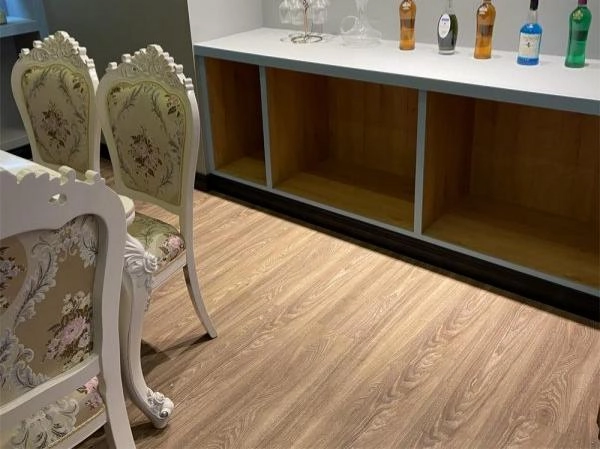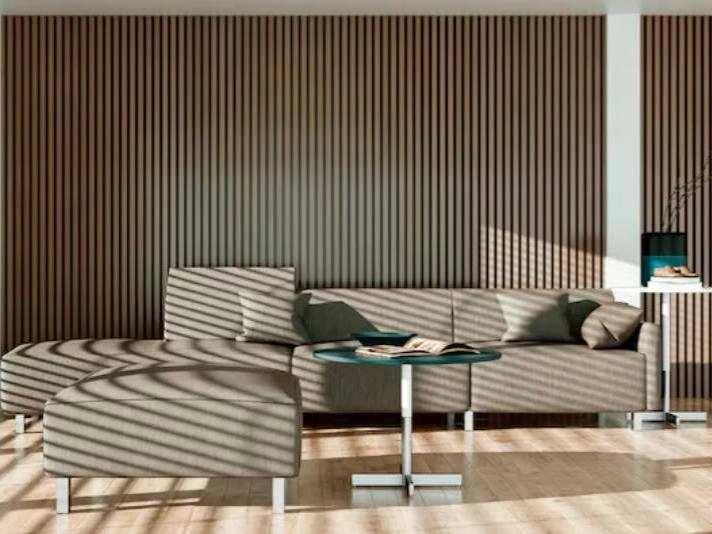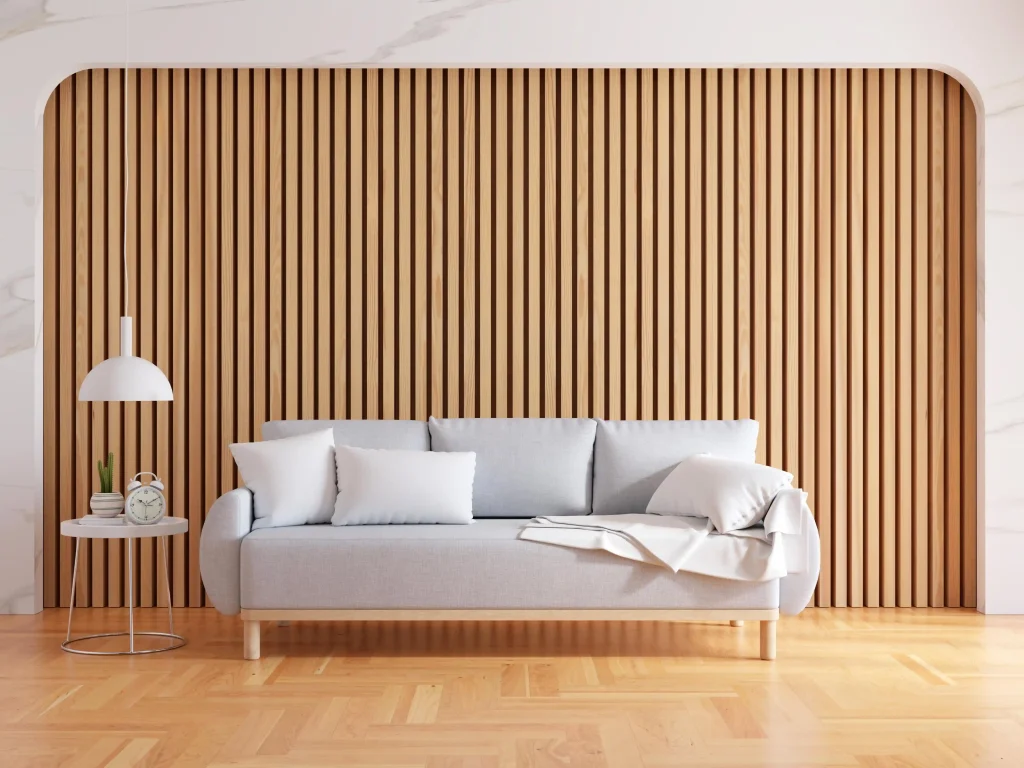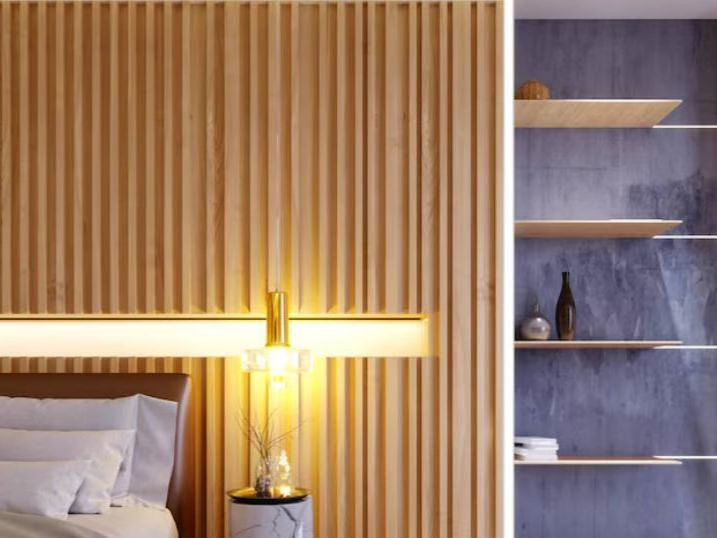Picking the right wall panels for homes or businesses can be tough. Two top choices are WPC (Wood Plastic Composite) and SPC (Stone Plastic Composite). Each has its own vibe and features that affect how they look, work, and get installed. Knowing the differences between WPC and SPC wall panels helps you choose what fits your style, space, and needs.
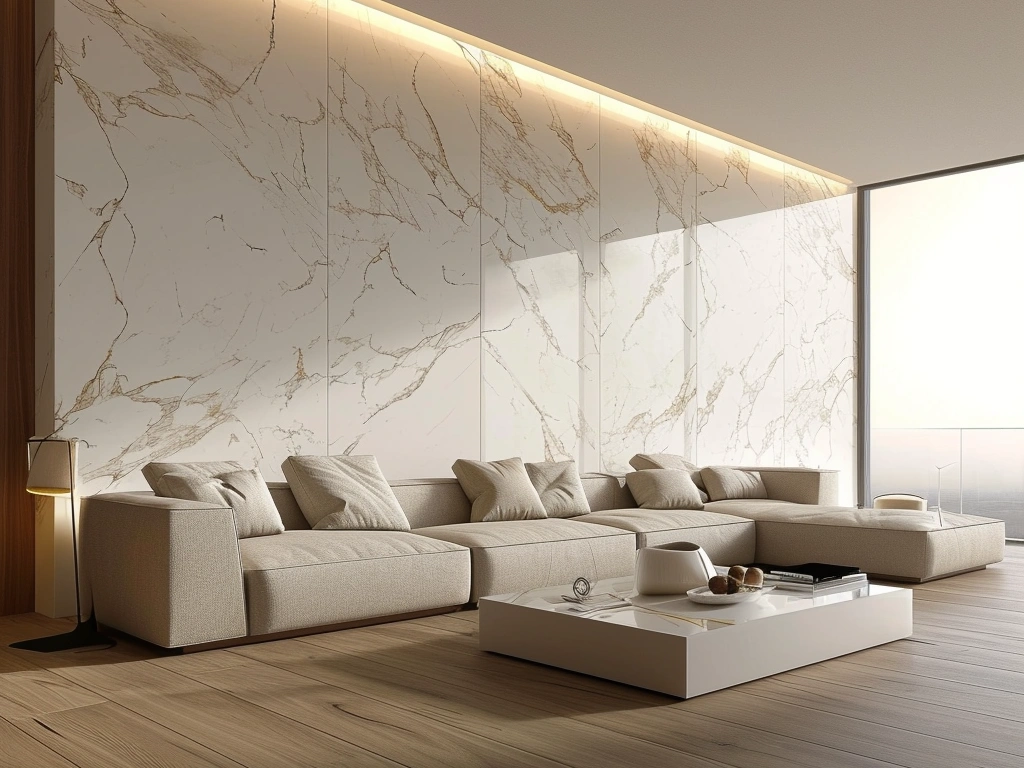
What Are WPC and SPC Wall Panels?
What’s WPC (Wood Plastic Composite)?
WPC is a cool mix of materials. Decorative Panel (WPC, Wood Plastic Composite) is a novel composite material composed of natural wood powder, plant fibers (cane), lightweight calcium carbonate (stone powder), and polymer resin. It includes extras like flame retardants, foaming agents, stabilizers, and polyethylene wax (PE wax). These get shaped with high heat, molding, and lamination to make panels.
What’s SPC (Stone Plastic Composite)?
SPC panels are made from natural limestone powder, polyvinyl chloride (PVC), and stabilizers. They’re pressed together under high heat and pressure to form a super sturdy core. SPC (Stone Plastic Composite) is eco-friendly options developed with advanced technology. They’re formaldehyde-free, moisture-proof, fire- and bug-resistant, and easy to put up.
Where They’re Used
WPC panels are great for indoor spots like living rooms, bedrooms, or offices. They’ve got a warm, wood-like look. SPC panels shine in tougher spots like kitchens, bathrooms, hospitals, or busy areas because they’re extra durable.
How Their Materials Differ
What’s in WPC Panels?
They use fine wood powder (80–120 mesh) with more sandalwood powder. Sandalwood powder is more delicate; the finished product is more beautiful and emits a woody aroma when burned. Light calcium carbonate boosts strength and works well with additives.
What’s in SPC Panels?
SPC panels are mostly stone powder mixed with pure PVC resin. Their density is 1.9 to 2.1 g/cm³. The solid substrate adopts a unique formula, zero heavy metal environmental standards, and is healthy, safe, and pollution-free.
How Materials Affect Performance
WPC’s foamy structure makes it flexible and good at handling impacts. The foamed wood-plastic composite material can blunt the tips of cracks and effectively prevent the expansion of cracks. SPC’s denser core makes it super rigid and steady, even with heat or pressure.
Durability and Toughness
Moisture and Water Resistance
WPC panels are waterproof and handle moisture well. They fix the problem of traditional wood rotting or warping in damp spots. SPC does even better in wet areas. Its high stone content makes it nearly impossible for water to soak in.
Impact and Scratch Resistance
WPC’s foamy core gives it extra bounce to resist impacts. SPC flooring has UV coating that is scratch resistant to 2800 or more, making it awesome for places that get a lot of wear.
Best for Busy or Wet Spaces
SPC’s solid build is perfect for high-traffic spots or bathrooms. It barely expands or shrinks with temperature changes. WPC holds up well but might not match SPC in really tough conditions.
Looks and Style
Surface Textures and Finishes
WPC panels come with finishes like deep embossing for a real wood look. Capturing the charm of real wood but eliminating many of its shortcomings, these finishes look great and stay practical.
SPC panels have decorative films that copy stone or wood but lean toward smoother textures because of their dense makeup.
Colors and Customization
WPC has tons of color options and natural wood textures. You can tweak them to fit your taste. Latitude uses yellow inorganic color powder which results in stronger weather resistance with less discoloration over time.
SPC also offers printed designs on its film layer but might have fewer custom options compared to WPC’s flexible finishes.
How Real They Look
Both can mimic natural materials super well. But WPC flooring features an expanded polymer core that allows deeper finish embossing so your flooring looks like true hardwood or slate. This gives WPC a slight edge for realistic-looking interiors.
How to Install Them
Installing WPC Panels
WPC uses glue and nails to be installed. Plus, WPC is easily machinable—planing, sawing, drilling—and allows application of surface patterns.
Installing SPC Panels
You have two main ways to put up SPC wall panels. You can use a snap-together system with glue. Or, you can use glue with edge pieces. The snap-together way is fast and simple. It gives you a strong hold. Using glue and edge pieces looks nice. It’s also a practical choice. This method makes sure the panels stay stable and last a long time.
Tools and Prep Needed
For both, you’ll need a tape measure, utility knife or saw for cuts, a hammer, spacers, and maybe a tapping block. Product should be stored horizontally in a dry area away from direct sunlight before installation.
Sound and Heat Benefits
Noise Reduction
WPC is great at soaking up sound, perfect for bedrooms or quiet offices. SPC includes IXPE/EVA noise-canceling layers, which are awesome for cutting down foot-traffic noise.
Heat and Energy Savings
WPC promotes energy efficiency resulting in energy savings over 30% in indoor spaces. SPC’s thermal conductivity rating of 0.25W/(m •℃) means it holds heat well, great for floors with radiant heating.
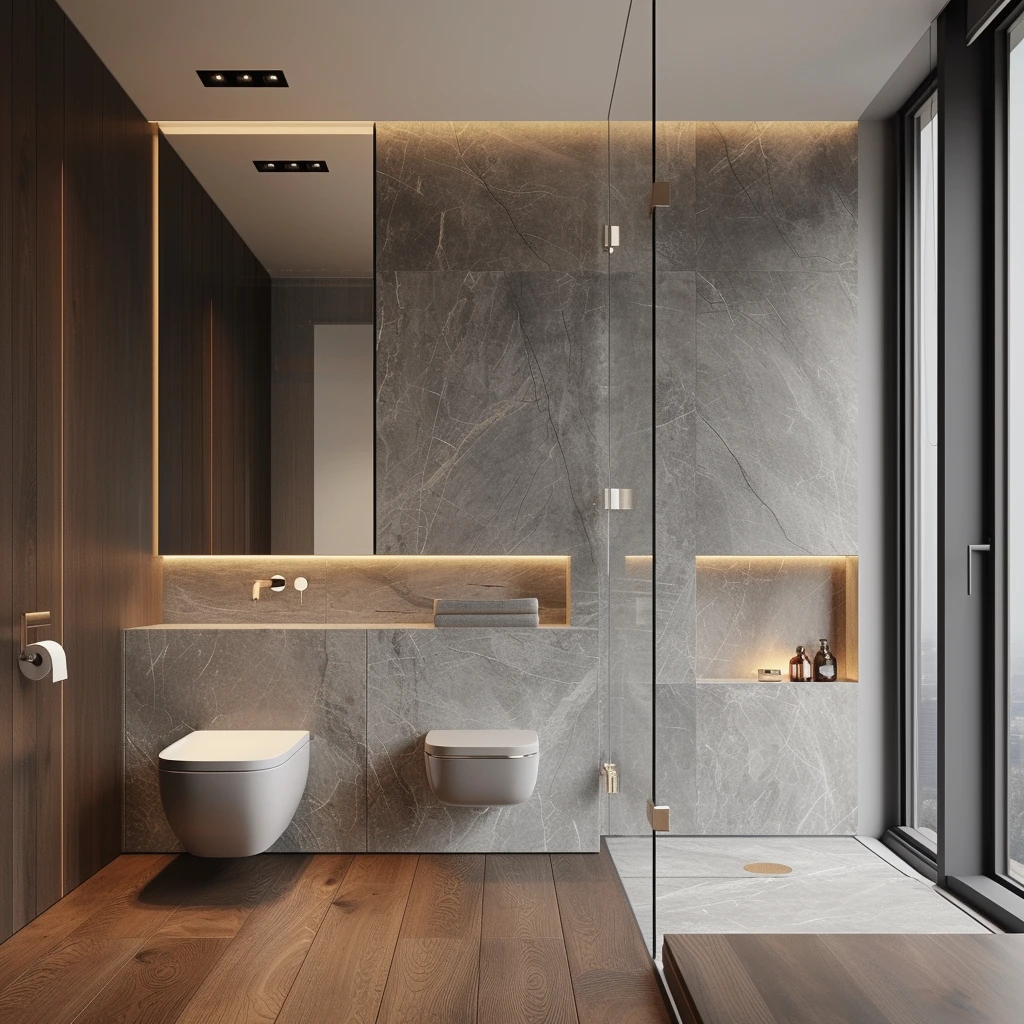
Latitude offers top-notch WPC and SPC wall panels solutions for all kinds of spaces, from cozy homes to busy offices. With 100% made with A+ grade virgin materials, Calcium-Zinc stabilizer ensuring no lead poisoning risks, and exceptional weather resistance surpassing industry standards, Latitude’s products are a smart choice for style and eco-friendliness. Check out the full range at www.latitude-interiors.com today!
FAQ
Q: What kind of panel works best in damp spots, like bathrooms or kitchens?
A: SPC panels are great at keeping water out. They usually hold up better in really moist rooms. WPC panels can work there too if sealed well. But over time, they might soak up more water than SPC.
Q: Do WPC or SPC panels need special tools to put in?
A: You can install both with regular woodworking tools. Cutting SPC might need sharper blades or power tools. This is because SPC is harder. Some WPC panels are made for easy click-lock setup.
Q: Can you paint or change WPC and SPC panels after they’re down?
A: WPC panels might take paint with the right primer. But their original finish is usually meant to stay as-is. SPC panels have a printed top layer. This layer isn’t made for painting. So changing how SPC looks is harder.

